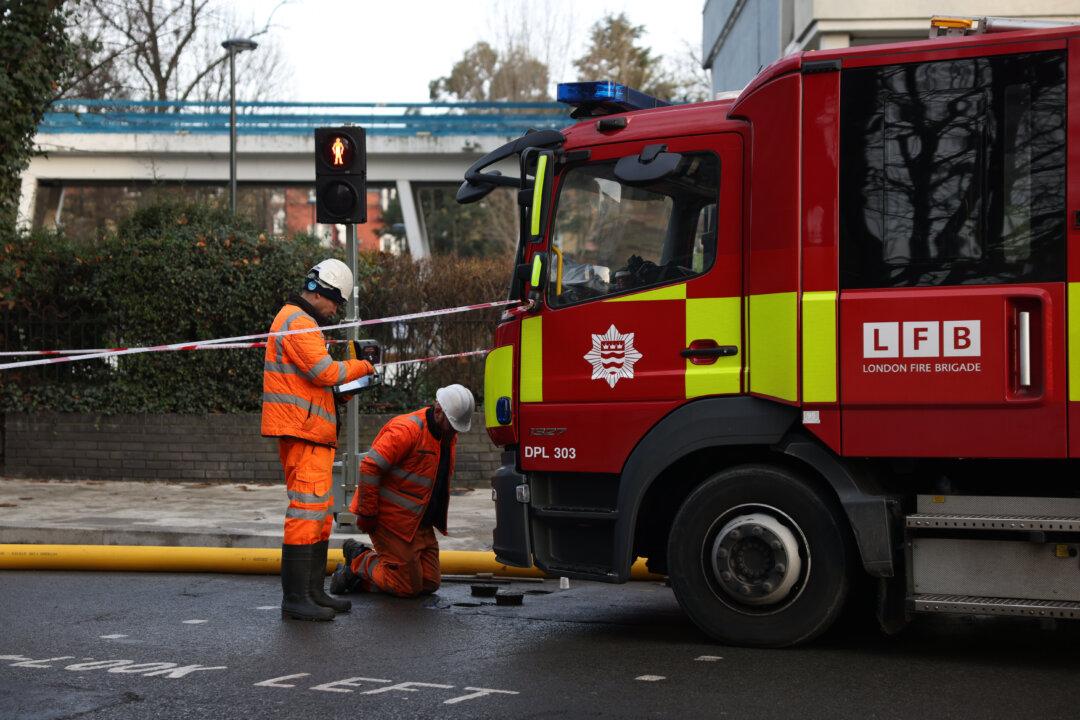Britain’s rate of unemployment has risen again and the number of vacancies fell back further in a sign of a weakening jobs market, official figures have shown.
According to the latest data from the Office of National Statistics (ONS), the UK unemployment rate rose to an estimated 3.7 percent in the three months to October, 0.1 percentage points higher than the previous three-month period, though it was still 0.3 percentage points below pre-pandemic levels.





